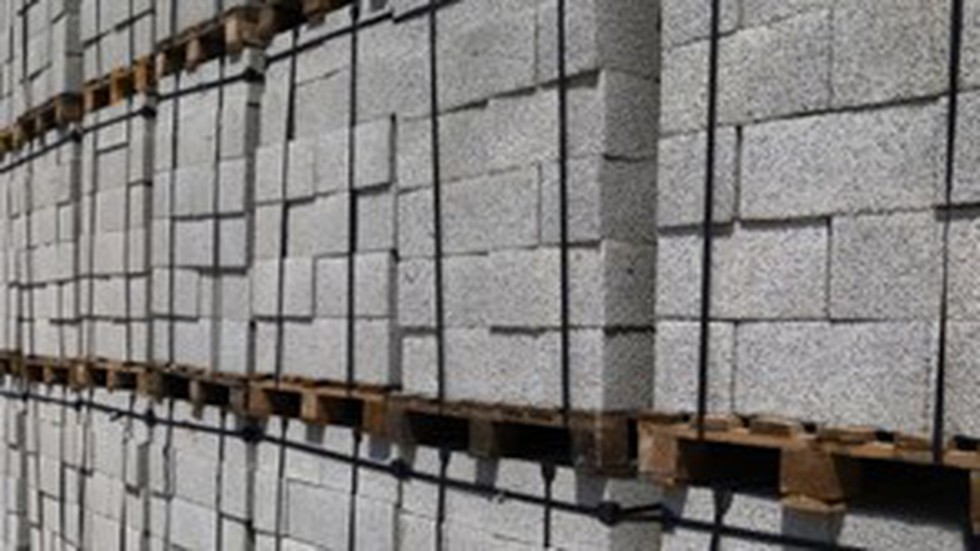About Reinforced Aerated Autoclaved Concrete (RAAC):
- It is a lightweight, bubbly form of concrete that was used in roofs, floors, and walls between the 1950s and 1990s.
- It looks like standard concrete, but compared with the “traditional” reinforced material, which is typically denser, Raac is weak and less durable.
- The material was favoured in construction projects because of its lightweight thermal properties.
- How is it made?
- It is made from a combination of cement, lime, water, and an aeration agent.
- The mixture is poured into moulds and then subjected to high pressure and heat, known as autoclaving, to create a lightweight, strong, and porous material.
- Advantages over Standard concrete:
- It is cheaper.
- It is also quicker to produce and easier to install.
- Insulation Properties: RAAC has excellent thermal insulation properties due to the air bubbles within the material.
- It helps maintain a comfortable indoor temperature while reducing heating and cooling energy consumption.
- Why is it a risk?
- The concrete is aerated and “bubbly”, contains no “coarse aggregate”, and is less dense than traditional concrete, being around a third of the weight.
- It could easily absorb moisture, weakening the material and also corroding steel reinforcement within.
- This means it is more prone to collapse over time.
